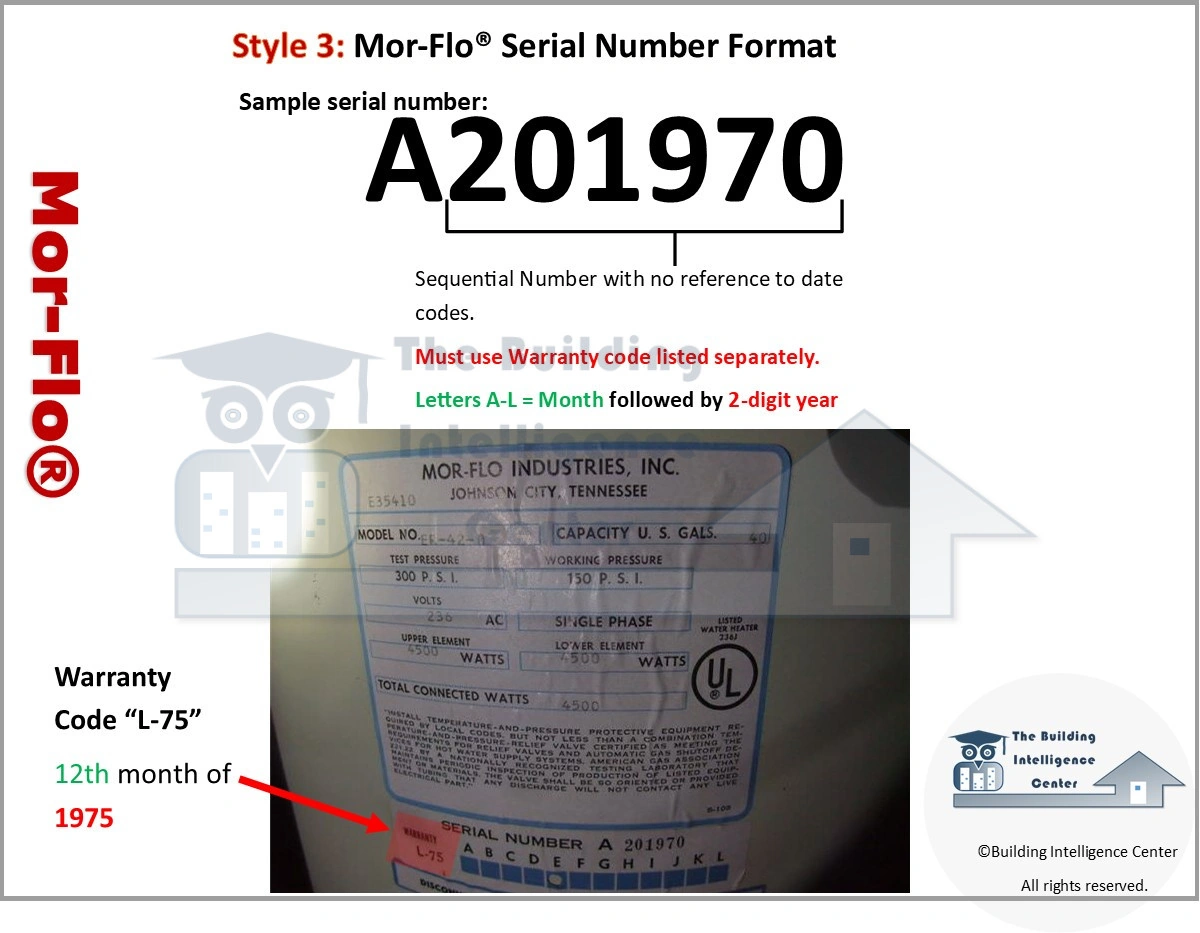
Why Home Warmth Is About More Than Comfort
Okay, let’s cut right to it—have you ever heard someone say, “Being chilly indoors builds character”? Because… I have, and honestly, it’s kind of ridiculous. Cold, damp air isn’t doing your body any favors (especially if you’re the sensitive, digestion-gets-cranky-in-January type, like me). If anything, constant shivers can mess with your mood, throw off your sleep, and yes—even tangle up your gut health. Sounds dramatic? Stick with me, I’ll explain.
This is what happened last winter: I let my ancient heater limp along, telling myself it was “fine,” even though my toes disagreed and my insides were grumpy. Turns out, poor heating messes with more than just comfort. When I finally switched to a Mor-Flo American air heater, I stopped fearing my energy bills… and, somewhat miraculously, the weird bloating that plagued me all season started to fade. Coincidence? Maybe. Or maybe the connection between a healthy home environment and a healthy gut is realer than people think.
Heater Efficiency and Your Well-Being
But Wait, Why Does Heating Even Matter for Health?
You might be sitting there wondering, “It’s just a heater—how does that link up with wellness?” Great question. Here’s the thing: a reliable heater like the Mor-Flo American air heater isn’t just about not freezing. With its high-tech features (think over 94% efficiency, fancy stainless steel tank, and foam insulation to stop heat loss), it keeps your home’s air dry and consistently warm. That’s huge for your immune system and even for your digestion—less mold and calm, steady temperatures are way kinder to your gut flora than the “arctic tundra to overheating oven” pattern some of us had growing up.
True Story Break: Gut Woes in the Cold
So, last January, my friend Sara was trapped in a drafty flat with a heater that sounded like it was doing its best impression of a dying moose. The constant damp—not only did it make her floors squeaky, but her IBS went wild. Once her landlord installed a Mor-Flo unit (finally!), she swears her stomach calmed down. And the best part? We actually wanted to hang out at her place afterwards… go figure.
How Heat Loss Plays Sneaky Tricks on Your Body
What’s the Deal With Drafts and Digestion?
Let’s get nerdy for a second… but not too nerdy. See, when your heater is old or underperforming, you might not notice more than the occasional draft. But did you know that low-level stress, caused by being cold all the time, actually triggers your body to produce more stress hormones—cortisol, adrenaline, all that jazz? The ripple effect can upset your microbiome, which is a fancy way of saying your gut bacteria get weird. You want those little helpers happy, not on strike.
The Mor-Flo American air heater’s bullet-shaped combustion chamber isn’t just fun to say… It actively reduces noise, lime buildup, and—yup—random heat loss. Less drama means peace for you and your insides.
Small Win: Tried-and-Tested Gut Relief
Here’s where I’ll admit my own failings: before I got savvy about heater maintenance, my nights were basically “toss, turn, regret having chili for dinner.” Once I upgraded and checked my new Mor-Flo’s manual (I kept it pulled up on my phone for weeks, not gonna lie), my evenings seriously mellowed out. I could digest in peace. Turns out you really can hear your gut breathing a sigh of relief—who knew?
Is Your Heater Actually Helping… or Hurting?
How Old Is Too Old?
When’s the last time you checked how old your heater is? It matters—most Mor-Flo units stick around for 10–12 years if you treat them right (kind of like cats, but with fewer hairballs). But here’s the kicker: you can figure out your Mor-Flo’s age with a quick peek at the serial number. If yours starts with something like “043812019,” those first two digits? That’s the year. So, “04” means 2004—easy, right?
Some older units—especially the infamous 1996 Polaris LP models—actually got recalled because (gulp) they could ignite explosively. Don’t panic: it’s rare, but if your Mor-Flo is from that era, you need a free safety upgrade, stat. Find your model number, then check out the Mor flo american air heater manual to walk through the process. Seriously, don’t skip this. Nobody likes “surprise fireworks” inside the house.
Quick Reference Table: Decoding Mor-Flo Serial Numbers
| Serial Style | Example | Year Decode | Month/Week Info |
|---|---|---|---|
| Style 1 | 043812019 | First two digits: 04 = 2004 | Digits 3–4: 38 = 38th week |
| Style 2 | J861425155 | First two digits: 86 = 1986 | Digits 3–4: 14 = 14th week |
| Warranty Code | A201970 (with L-75 code) | L-75 = 1975 | A = January, B = February… |
It’s not rocket science, but it does feel pretty cool when you “crack the code” and figure out if your heater’s still a teenager or is ready for retirement. And hey, if you just discovered you’re basically living with the heater version of a vintage collectable, maybe it’s time to read that Mor flo american air heater manual after all.
Troubleshooting: Don’t Let the Cold Win
What’s That Light Mean? (Or… “Houston, We Have a Problem”)
Let’s be real—nobody loves troubleshooting. But a flickering LED on your Mor-Flo isn’t the end of the world. Seriously, these heaters are way smarter than they look. There are different indicators (power, igniter, burner) and if something glows, blinks, or just refuses to participate, don’t sweat it. Usually, it’s a quick fix—and it could make a real difference in how your home feels (and smells… because nobody wants that “old basement funk” hanging in the air while you’re meal prepping).
The Mor flo american air heater troubleshooting guide is legit. I recently used it when my burner started playing hard-to-get. Turned out, all I needed to do was check the vent pipes (plastic, up to 25 feet—who knew?!), and clear a stubborn dust bunny from the intake. No technician needed, just a chair and a bit of patience (and yes, I did high-five myself when I figured it out).
From Ignition Issues to Cozy Evenings
Ever wake up to a “cold snap” in the kitchen? Me too. My silicon carbide hot surface igniter (try saying that three times fast) decided to call in sick. Quick fix: new igniter in, flames back to normal, stomach quietly cheering me on.
Maintenance: More Manageable Than You’d Think
Is Regular Maintenance Really Worth the Effort?
Honestly, yes. Here’s why: Mor-Flo heaters (especially newer models) are built with maintenance in mind. Stainless steel tanks need no messy anode rods, and bottom water/vent connections mean less heat loss (so you’re not paying for warmth that floats up the wall and vanishes into thin air). If you’re the DIY type, annual flushes can keep things running smoothly; if not, pros like Morflow Air Conditioning can swoop in and handle the tricky stuff—no shame in that game.
The best part? Maintenance doesn’t just keep you warm. It keeps your air dry, fresh, and clean—huge perks for anyone with allergies, asthma, or sensitive stomachs (ask me how I know…). And you might even save enough on bills to treat yourself to that new yoga mat or blender you’ve been eyeing.
Table: Maintenance Options (DIY vs. Pro)
| DIY Quick Win | Pro Service Perk | Health Payoff |
|---|---|---|
| Clean vents, check LEDs | Full efficiency check, safety recall upgrades | Cleaner air, lower stress, better digestion |
| Flush tank yearly | System audit, quick parts swaps | Less mold, less inflammation |
Real Talk: When to Call For Help
How Do You Know It’s Time to Get Professional Advice?
If you’re reading this and thinking, “Okay, but what if my heater looks like it was built with the house (in the 60s)?”… well, that’s a solid reason for backup. Anytime you spot a leak, smell gas, notice wild temp swings, or discover your serial number matches that recall list—grab the Mor flo american air heater troubleshooting page and get a pro opinion. Better safe than, well, “accidentally set off the world’s worst indoor fireworks show.”
(My neighbor Carla waited too long… when her Mor-Flo finally sputtered out, she’d been ignoring warning signs for weeks. The replacement cost more—and her family survived on microwave meals and grumbling tummies while they waited. Learn from her pain, please.)
Pro vs. DIY: Finding Your Balance
You don’t have to be a “handy” person to keep your heater healthy. You just have to be vigilant. And hey, reading the Mor flo american air heater manual at least once is an act of self-care (and gut care… trust me, it matters).
Surprising Connection: Warmth, Gut, and Feeling Good
Why It’s About More Than Just Temperature
Let’s wrap this up with a truth bomb: feeling good in your own home shouldn’t be a luxury. Reliable warmth means less stress, drier air, and a belly (and brain!) that actually relaxes. The Mor-Flo American air heater isn’t magic—just smart engineering, good design, and a little bit of “you got this.”
Think of your heater upgrades and check-ups as investments in your happiness, sleep, immunity, and even your digestion. It all adds up, one cozy breath at a time.
Conclusion: Take Action, Stay Cozy
If you’ve stuck with me this far, you’re probably realizing it—your Mor-Flo American air heater is a lot more important than you thought. Not just for that warm fuzzy feeling in winter, but for your gut, your mood, your whole vibe. From checking serial numbers (and avoiding vintage disaster heaters), to reading the manual, to calling in pro help when you’re out of your league—all these small steps add up to a safer, healthier, happier home.
So… maybe it’s time to poke around your utility closet, check that label, or finally read the Mor flo american air heater manual. Or bookmark the Mor flo american air heater troubleshooting guide for next time you hear a weird noise. Your future self (and your stomach) will thank you. Stay warm, stay healthy—and let me know what you find out about your own heater. I’d love to hear your stories!


















Leave a Reply
You must be logged in to post a comment.